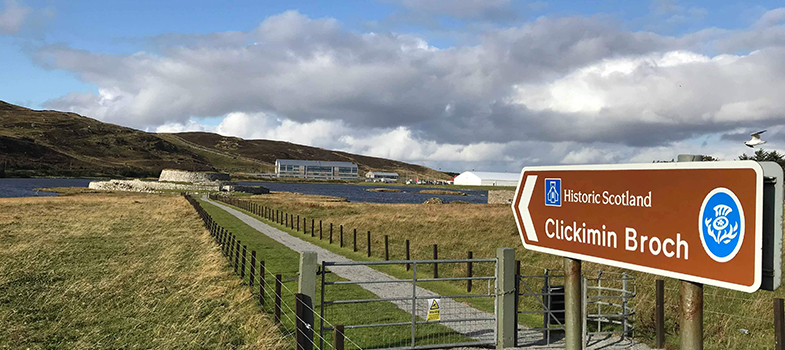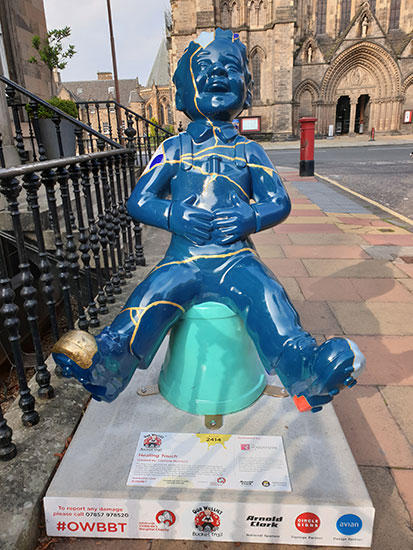17.5 Good Scots
The lack of a grammar book in Scots has certain advantages. It means that no single dialect is socially dominant; all speakers of Scots, whatever their age and whatever their place of origin bring something to the grammar of their community. The downside is that there is a commonly held notion that Scots grammar is somehow substandard.
If we had the same academic resources for Scots grammar, such as the Dictionary of the Scots Language provides for vocabulary, the historical origins and creative innovation of Scots grammar could be viewed in a more balanced way.
Among the socially disparaged Scots usages are thae, the plural of that. As we have seen, survivals include the determiner thae as a plural of that and –in as the ending of the present participle and verbal noun. For all that these may be ‘bad English’ they are undoubtedly ‘good Scots’, with thae going back as far as Old English and -ing for the present participle being unhistorical even in English (the Old English ending was -ende).
Other older forms include multiple negatives; the operation of the Northern Personal Pronoun Rule; and the survival of the singular form of the second person pronoun as du (dee dy) in Shetland. Ongoing innovations include the simplification of verbs so that past tenses and past participles have the same form (I seen it, I have seen it).
We can also see that Scots features, like the use of the Northern Personal Pronoun Rule and distinct forms of the verbal noun (-in) and present participle (-an) are being eroded under the influence of English – the language from which most Scots absorb notions of ‘good and bad’ grammar.
The grammar of the Northern Isles provides many instances of conservative constructions with long pedigrees and contrasts with the more anglicised Central Belt. Even here, many features of Scots grammar survive. Yet, because most Scots speakers drift between English and Scots in their speech, increasing the English in more formal speech or conversing with strangers, a single speaker may use both Scots and English forms.
Even when speaking Scots, familiarity with English forms may erode his or her Scots grammar even when Scots vocabulary is being used.
You might now want to try reading and listening to more and longer Scots texts. For example, you could start by reading the iconic Scots language comics Oor Wullie [Tip: hold Ctrl and click a link to open it in a new tab. (Hide tip)] and The Broons, published initially in The Sunday Post newspaper from Dundee. Reading and listening to Scots is an ideal strategy to help you get used to not only the sound of the language and the vocabulary but also how the words are put together in sentences and longer passages.
17.4 Some regional features

